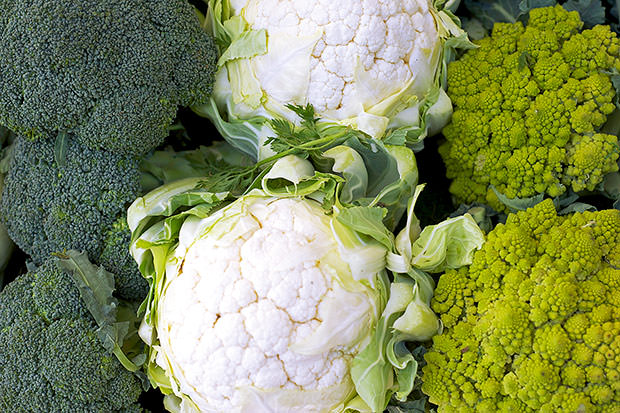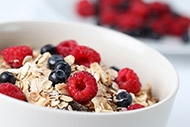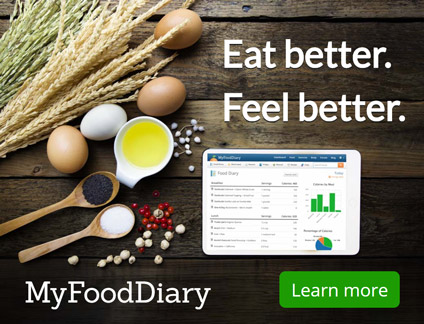
Advice on healthy eating has evolved over the years. We are now told to seek out the best foods with the most nutrients and skip those in second place. Your produce doesn’t have to be at war! Here are a few reasons you should enjoy the benefits of a wide variety of fruits and vegetables.
Myth 1: Eat sweet potatoes, skip white potatoes.
White potatoes have a bad reputation, but the truth is all potatoes have similar nutrient profiles. The differences are found in the phytochemicals present, such as carotenoids. The problem with white potatoes is that most are consumed as French fries and potato chips. Eat them without the added fat and sodium, and you’ll reap the benefits of the potato’s potassium, fiber, and vitamin B6.
A study by the Agriculture Research Service identified 60 different phytochemicals and vitamins in the skin and flesh of over 100 varieties of potatoes. Eat a variety of potatoes to benefit from all these nutrients, including folic acid and kukoamine (a compound that may help lower blood pressure). Give red skin potatoes, blue potatoes, white sweet potatoes, or purple sweet potatoes a try.
Myth 2: Eat more green vegetables and fewer white vegetables.
There is no arguing that colorful vegetables are nutritious, but that doesn’t mean you should skip white produce. Cauliflower provides fiber and folate. It is a member of the cruciferous family (a type of vegetable linked to reducing the risk of heart disease). Some varieties of white button mushrooms are treated with ultraviolet light making them rich in vitamin D. Recent research also shows that button mushrooms may boost immune function. White onions contain quercetin, an antioxidant that reduces inflammation and the risk of chronic disease. The parsnip is a white root vegetable that is low in calories and a good source of folate and fiber.
Myth 3: Eat oranges for vitamin C.
When told to get our vitamin C, we often think of oranges. An orange contains 82.7 mg of vitamin C, but many fruits and vegetables contain more. If you really want to boost your vitamin C, a half cup of raw red bell pepper has 141.6 mg, and a guava fruit contains 165.1 mg. One cup of fresh strawberries has 89.4 mg of vitamin C, and one cup of papaya has 86.5 mg. Don’t overlook herbs. A quarter cup of parsley provides 20 mg of vitamin C.
Myth 4: Eat apples, skip bananas.
With 110 calories in each medium-sized banana, the fruit has a bad reputation for being high in calories, but these calories come with valuable nutrients. A banana has more protein, vitamin A, and vitamin C than an apple and just 0.7 fewer grams of fiber. Bananas also contain over 450 mg of potassium, which helps promote healthy blood pressure. Bananas can be part of a healthy diet, just as apples, pears, or oranges.



 3 Healthy Lunches for Your Work Week
3 Healthy Lunches for Your Work Week
 5 Tips for Stretching Your Budget for Healthy Food
5 Tips for Stretching Your Budget for Healthy Food
 Best Ways to Reduce Added Sugar
Best Ways to Reduce Added Sugar
 Healthy Tips to Lighten Up Picnic Foods
Healthy Tips to Lighten Up Picnic Foods
 Do You Need to Drink Milk?
Do You Need to Drink Milk?
 Tips to Keep Track of Water Intake
Tips to Keep Track of Water Intake
 Butter vs. Margarine: What’s the Best Choice?
Butter vs. Margarine: What’s the Best Choice?
 7 Good Mood Foods
7 Good Mood Foods

 Pinterest
Pinterest RSS Feed
RSS Feed